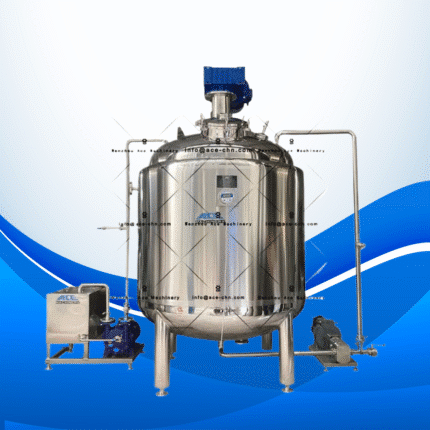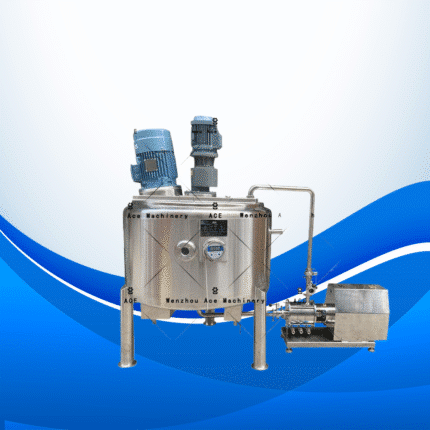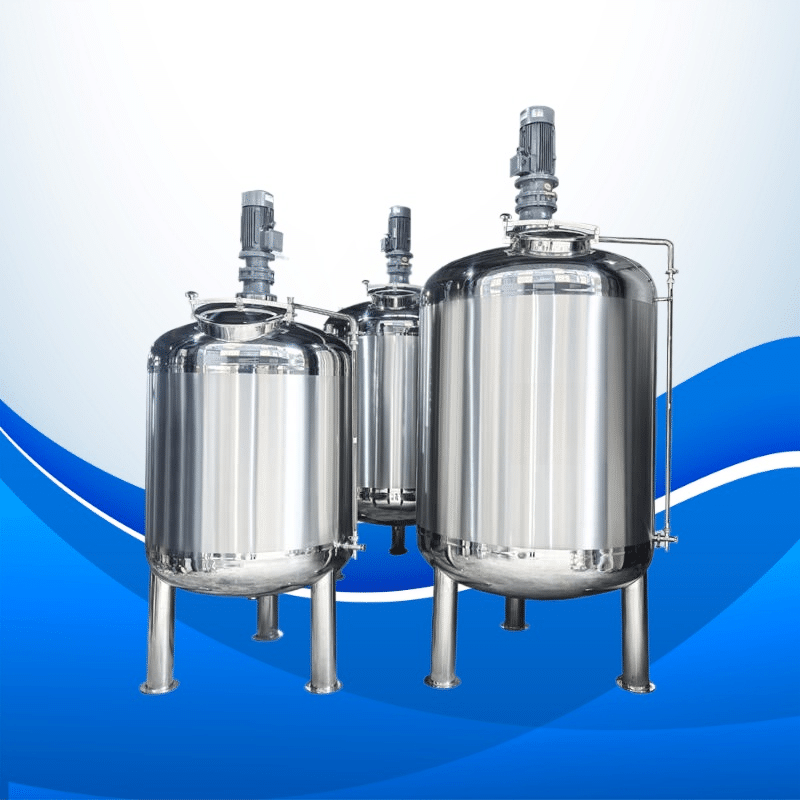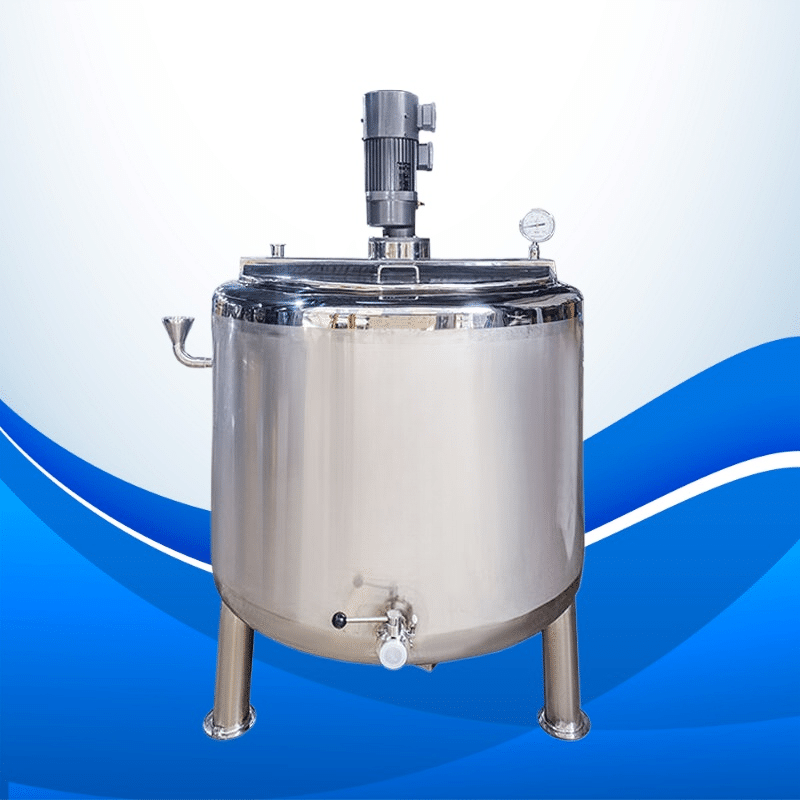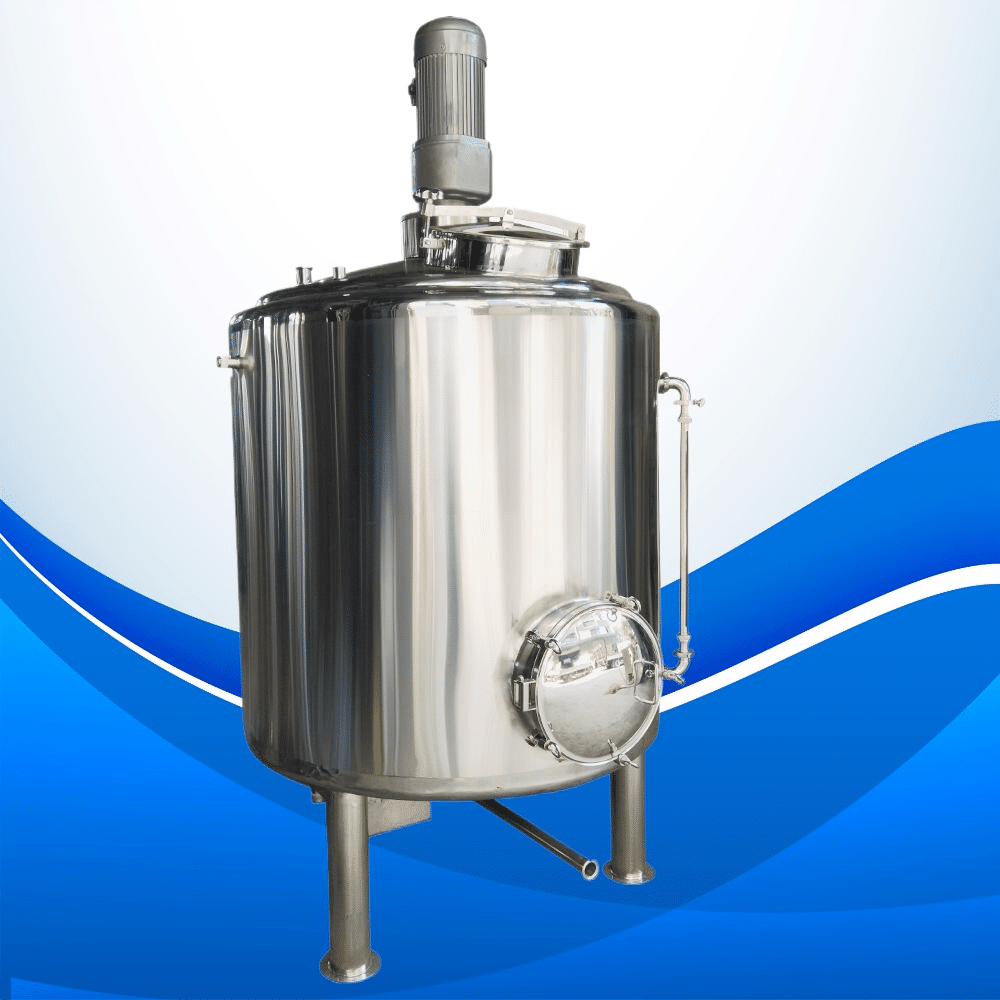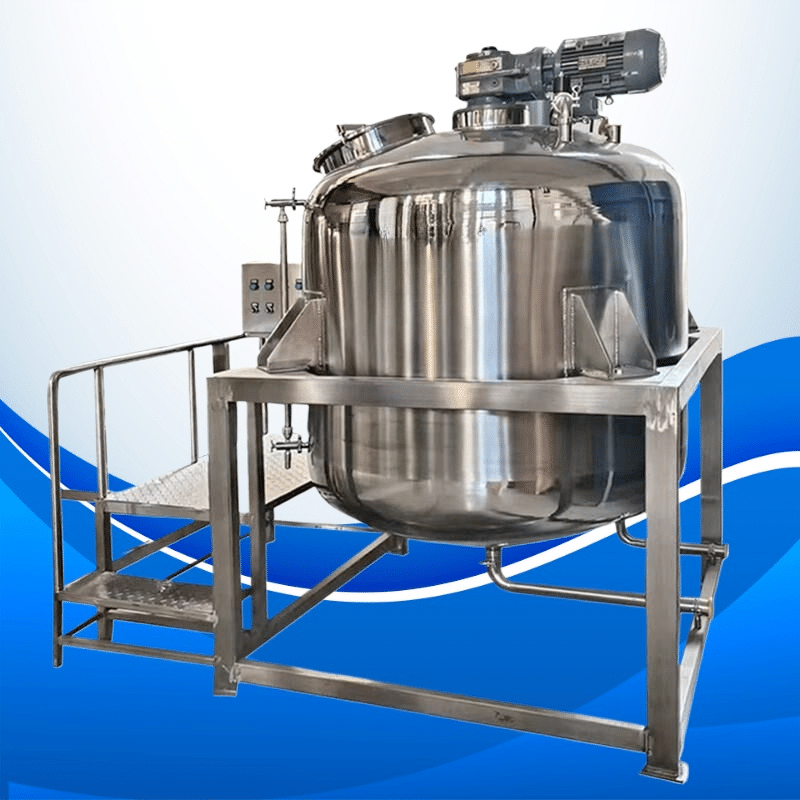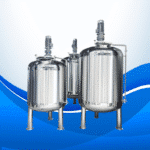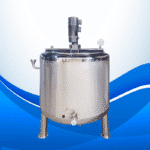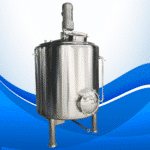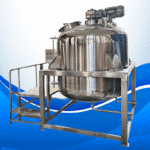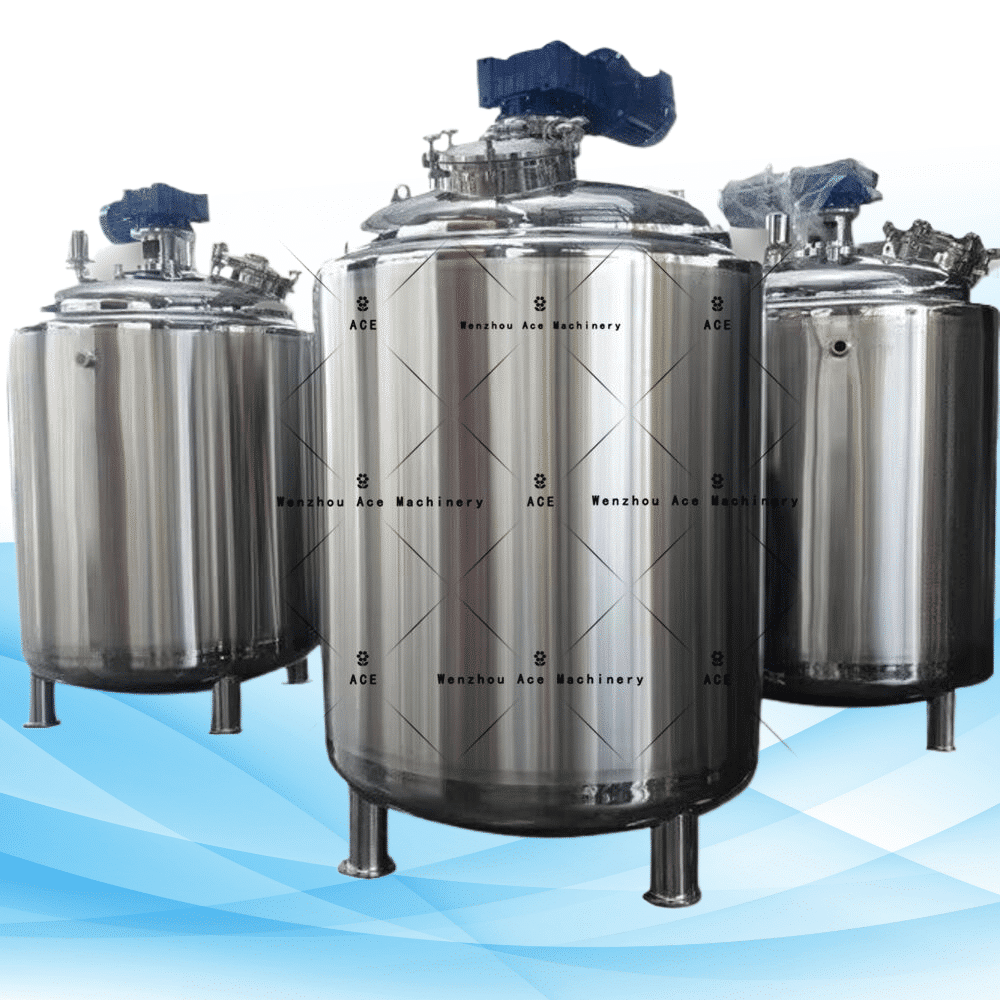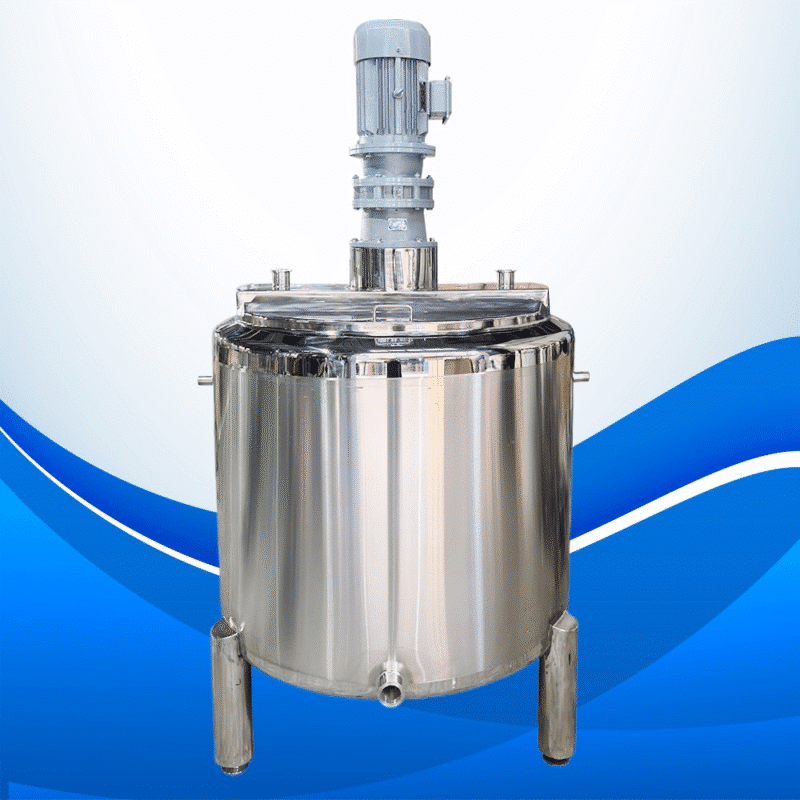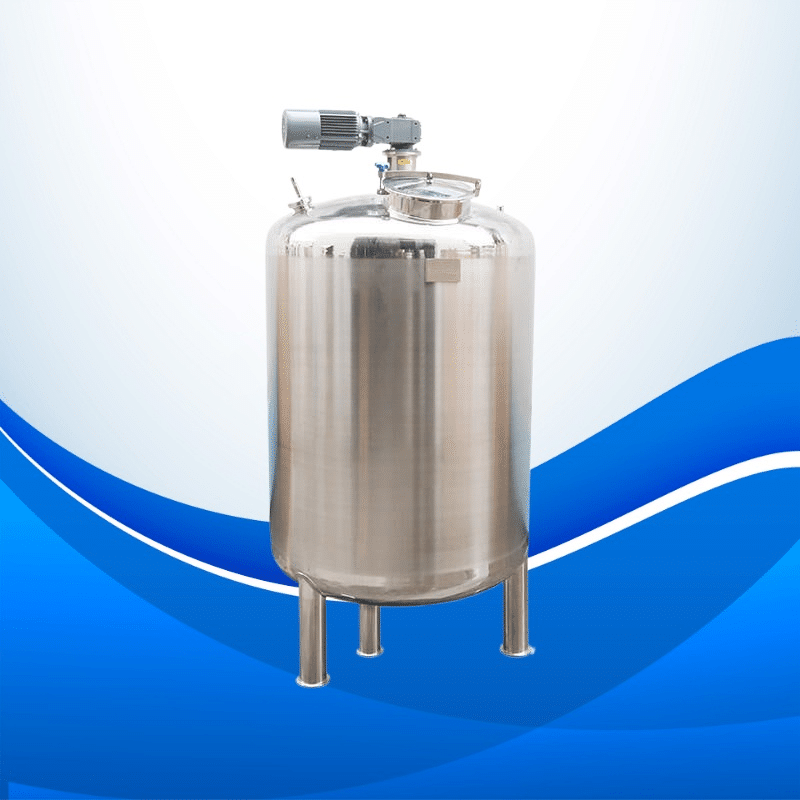Blending wine is more than pouring two batches together; it takes skill, steady results, and speed because mistakes cost both time and money. The Wine Mixing Tank brings those qualities to the table, and that’s why many winemakers can’t imagine their cellar without one. Whether you’re putting together a bold red or experimenting with a crisp white, our tanks are built tough and smart, so every glass tastes just the way you planned. With top-grade motors and baffling that keeps ingredients moving gently yet thoroughly, you save hours and cut spoilage, which means more of your work ends up in bottles customers love.
Key Features and Benefits of the Wine Mixing Tank
Think of the Wine Mixing Tank as a dependable teammate, one that pays you back quickly by speeding up every stage of blending. Here are the key features that set it apart:
1. Flexible Power Options
Your winery may run on low-renewable, three-phase grid power, or even a mix of those plus diesel during peak hours, and the tank respects those choices. With motors adjustable from 1.5KW for small trials up to 55KW for big fermentors, you dial in only the juice you need, keeping budget and carbon footprint in check while still hitting the blend you want.
2. Custom Voltage Settings
You never have to worry about the power cord not fitting again. Our Wine Mixing Tanks work with any voltage from 110V up to 600V. That means, whether you plug in at a Brooklyn bar, a Tuscan vineyard, or an Osaka brew pub, you can set the tank to match the local grid and avoid headaches.
3. Tough, Clean Materials
How a tank is built decides how long it lasts and how safe the wine stays. Our models come in either 316L or 304 stainless steel. The 316L version laughs at acids and is perfect for wineries that have to deal with tricky juice, while 304 still stands up very well and costs a little less.
4. Reliable Mixing Power
With smart mixer blades inside, each tank whips the wine together without bruising the taste. The gentle yet steady swirl keeps reds, whites, or any blend evenly flavored from the first pour to the last. Count on us for a uniform finish and happy, aroma-packed bottles every single time.
5. Simple Clean Design
The Wine Mixing Tank is made to be super easy to run and keep tidy. Its controls for speed and power sit in a comfy reach, and the built-in cleaning setup really cuts down on time spent scrubbing. Because every winemaker knows that germs can ruin a batch, the tank’s smooth, non-porous walls wipe clean fast, leaving no leftover bits behind.
6. Compact Space-Saver
Even with its big shaker motor and generous volume, the Wine Mixing Tank hardly steals any room. The low-profile, modern shape slides into most winery layouts without crowding the floor or the workflow. Whether you’re running a cozy garage winery or a big commercial plant, this tank bends to the space you have.
Ideal Uses for Wine Mixing Tanks
Wine Mixing Tanks fit a bunch of jobs in the grape game:
- Wine Production Facilities: Perfect for large wineries that need to blend tons of wine fast while keeping every flavor note.
- Boutique Wineries: Great for smaller cellars that want the precision and wiggle-room to mix one barrel or a few hundred liters.
- R&D Laboratories: Handy for labs testing new blends, trying out grapes from different hills, and hunting for the next killer recipe.
- Quality Control: Keeps every batch tasting the same and makes sure each tank passes our strict checks before it leaves the shop.
Specifications
- Power Options: From 1.5KW on smaller setups up to 55KW for big facilities.
- Voltage: Works on 110V to 600V, and we can match your local supply.
- Body: Built in either 316L or 304 stainless steel so it handles spills and splashes.
- Capacity: Sized to fit your line, whether you run small craft batches or serious volumes.
- Mixing Type: Heavy-duty agitators turn the wine gently but fast, for an even blend.
- Cleaning: Features like removable baffles and polished seams mean fast, thorough cleaning.
- Durability: Stays rust-free, even in wines with more acidity, so you keep costs down over time.
Why Choose Our Wine Mixing Tank?
- Customization: Pick every detail, from size to finish, so it drops straight into your process.
- Built-To-Last: Solid materials and smart design take the knocks of daily use without complaint.
- Smart Efficiency: Powerful mixing that also watches your energy bill, letting you save dollars.
- Simple Operation: Clear controls, easy access for checks, and no complicated wizardry to learn.
Order Your Wine Mixing Tank Today
Stop settling for blending gear that only half-delivers. Our tank lifts flavor, cuts rework, and treats your wine the way it deserves. Whether you run a garage winery or a regional powerhouse, we’ve got the tank that talks to your volume. Reach out, tell us what you need, and our crew will walk you through layouts, knobs, and finishes so you get what fits.
Customization Options Available
Every winery is a little different, so we make our Wine Mixing Tanks adjustable to suit your setup exactly. Give us a call or drop a message, and let’s chat about power levels, voltage, materials, and how big the tank should be. We’ll work with you to create a system that fits smoothly into your production line.
Frequently Asked Questions (FAQ)
Q1: What is the ideal power setting for my winery?
A1: Your ideal power setting really depends on how big your winery is. A small operation might run fine on 1.5KW, while a big, busy facility could need up to 55KW. Give us a shout, and we’ll help you pin down the best choice for your scale.
Q2: How do I clean the Wine Mixing Tank?
A2: Cleaning the tank is super simple because we’ve built it with that in mind. Its smooth, non-porous finish lets you wipe it down quickly with any standard cleaner. We still suggest a regular check to keep everything sparkling and safe.
Q3: Can I customize the voltage for my region?
A3: Absolutely! The Wine Mixing Tank can be set up for any voltage between 110V and 600V, so it just plugs into the power you already use.
Q4: Is 316L stainless steel better than 304 stainless steel?
A4: Both grades are tough and last a long time, but 316L stands out because it fights rust better. That’s why many people grab 316L when they expect to be around salty air, vinegar, or acidic drinks like wine. If you want something that shrugs off those extras for years, you should pick 316L.

